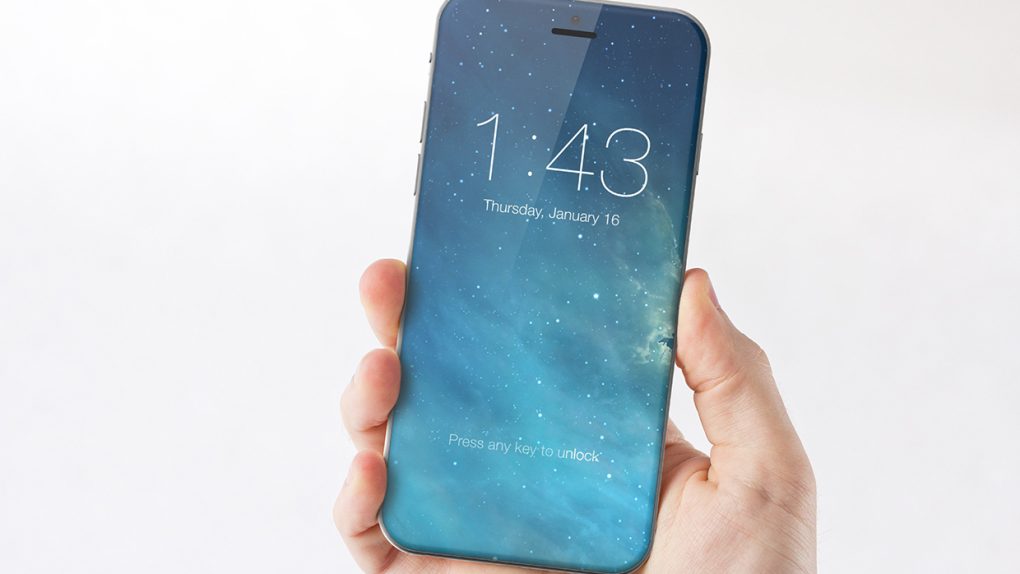The iPhone 7 is Apple’s best handset to date and by far one of the most powerful smartphones ever. But some people are quick to dismiss it simply because it looks almost exactly like its two predecessors. As reliable as the phone may be, and no matter how well it might be selling right now, the phone won’t be enough to bring back iPhone sales growth in 2016. But thankfully for Apple and its investors, an all-new iPhone 8 might do the trick next year.
DON’T MISS: Best Buy’s pre-Black Friday 2016 sale is live right now – here are the 20 best deals
New research from market research firm TrendForce lowered the projected growth rate of smartphone production for 2016 to 2.5%, as various brands have suffered declines. In 2017, smartphone production volume is expected to reach nearly 1.4 billion units, an increase of 4.5% compared with 2016.
Chinese companies including Oppo and Vivo combined to make nearly 300 million smartphones this year, but growth will soon reach a plateau, as Chinese handset makers have a tough time expanding to other regions. Chinese smartphones will account for 45.6% of the market next year, totaling around 634 million units.
Others will face challenges as well in 2017, including Samsung, which is recovering from the Galaxy Note 7 debacle that has eroded consumers’ trust in the company. Meanwhile, Apple’s new iPhone 8 is expected to help Apple sell more handsets next year than it will in 2016, TrendForce estimates.
“Upgrades for the next iPhone may include an AMOLED display, all-glass casing, more DRAM, narrow bezel, the removal of home button and so on,” said analyst Avril Wu. “Consumers’ interests in the next iPhone will provide an opportunity for Apple to gain grounds in the smartphone market in 2017. TrendForce’s latest analysis indicates that Apple’s iPhone production volume for 2017 will increase by around 8.9% compared with the prior year.”
He continued, “Consumers are now anticipating major advances for the 2017 release. There are reports that the large-size model of the next iPhone will have an AMOLED display as well as an all-glass casing, thus making its design radically different from the previous generations.”
Apple is projected to post an annual decline of 11.5% in iPhone production volume for 2016.








